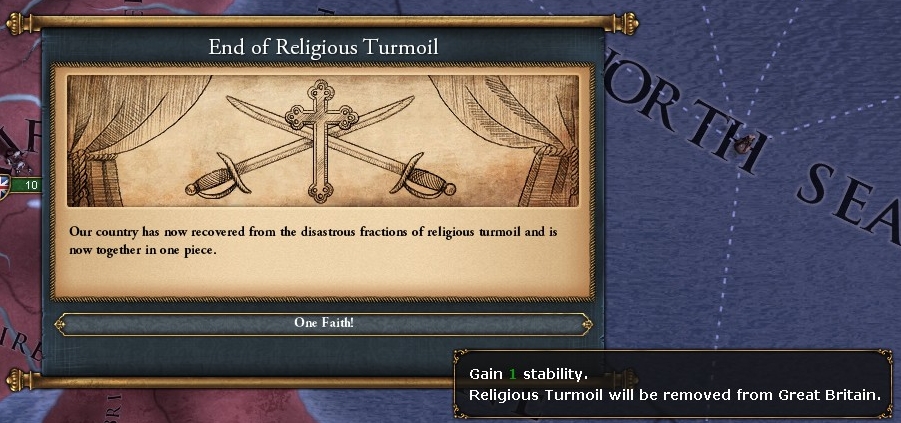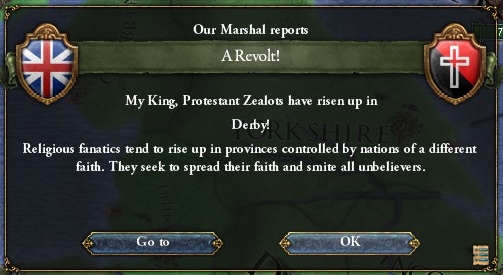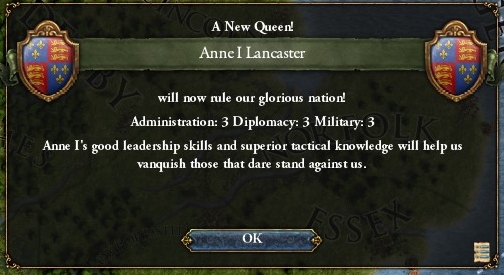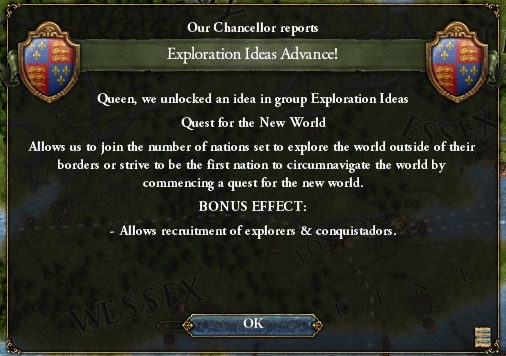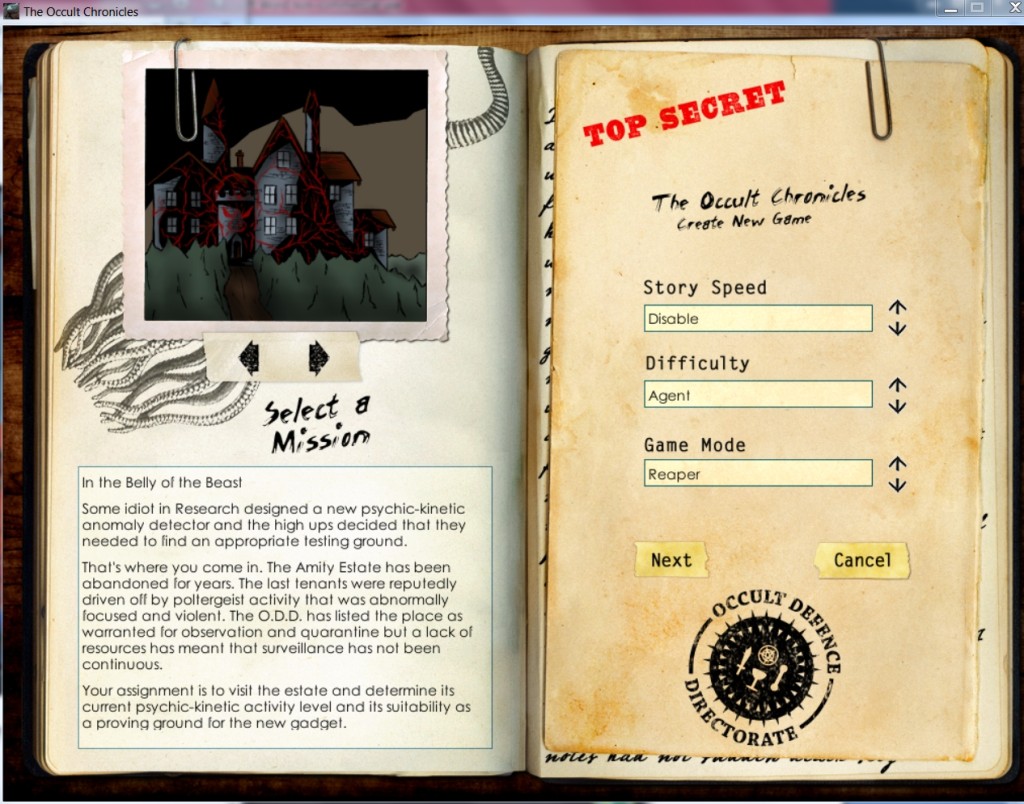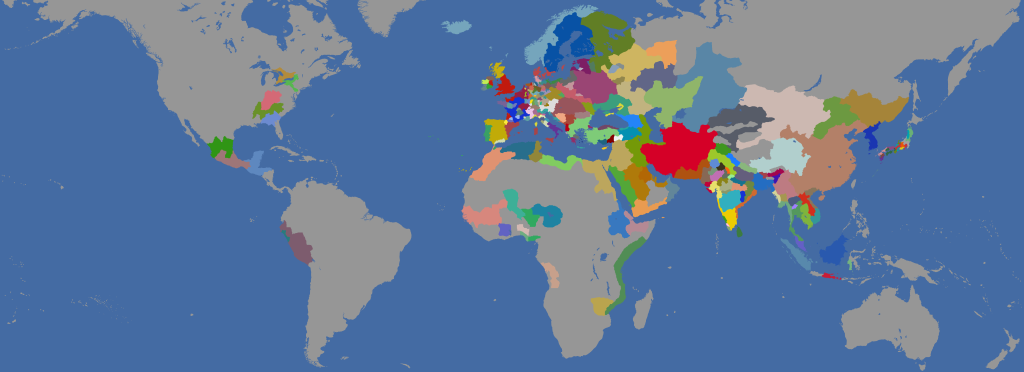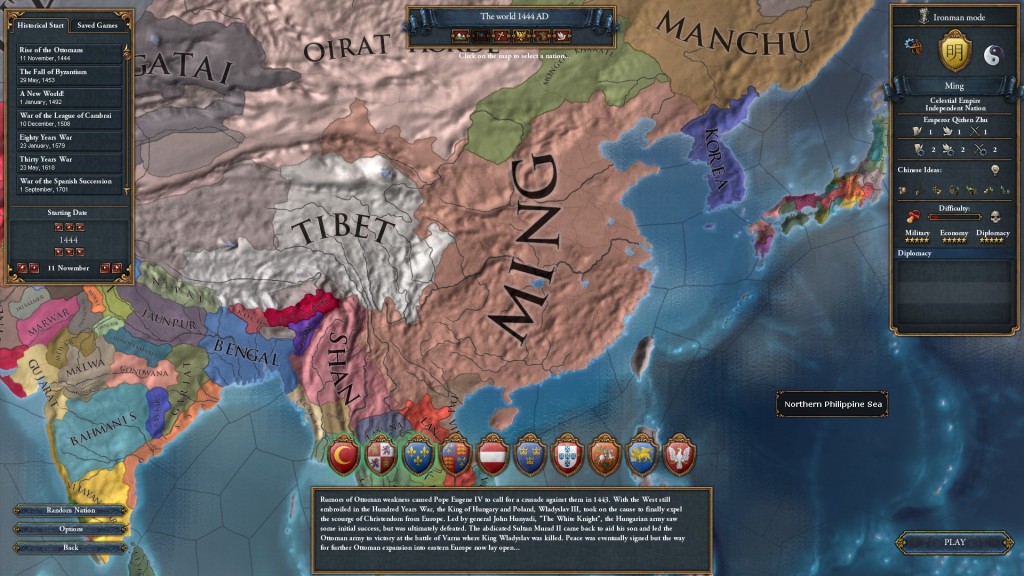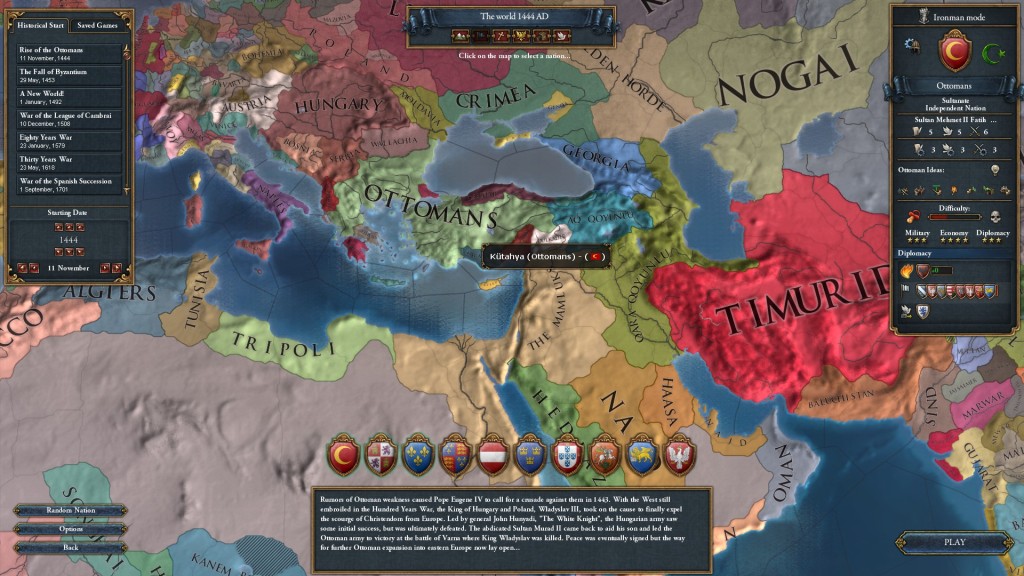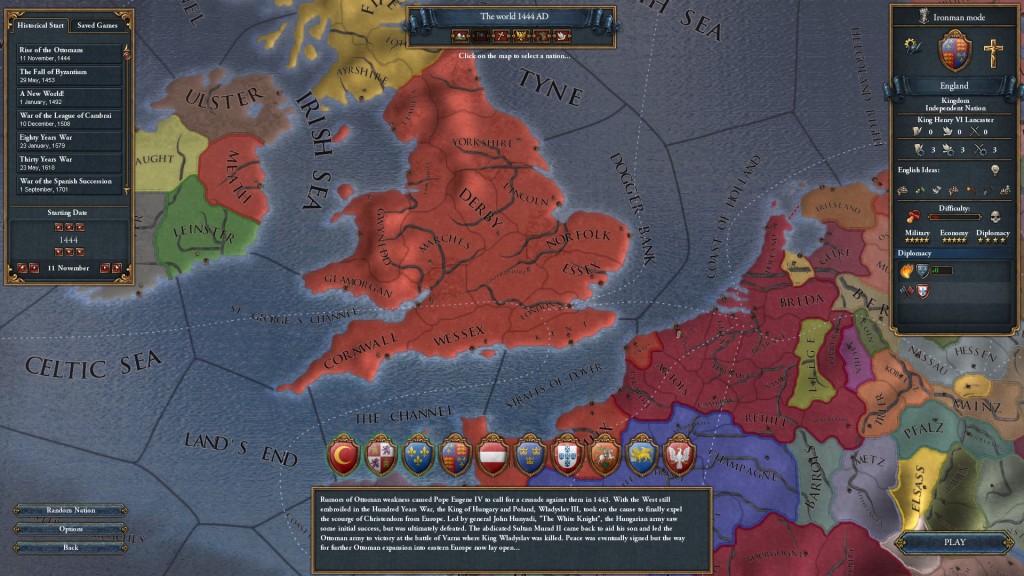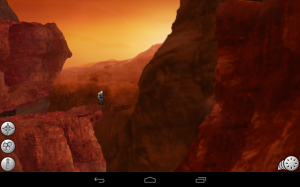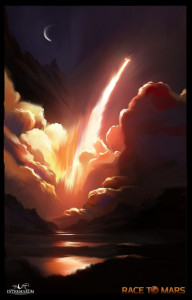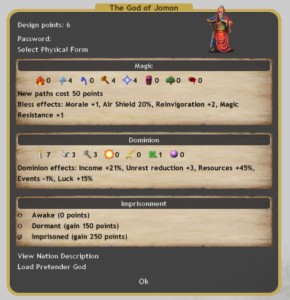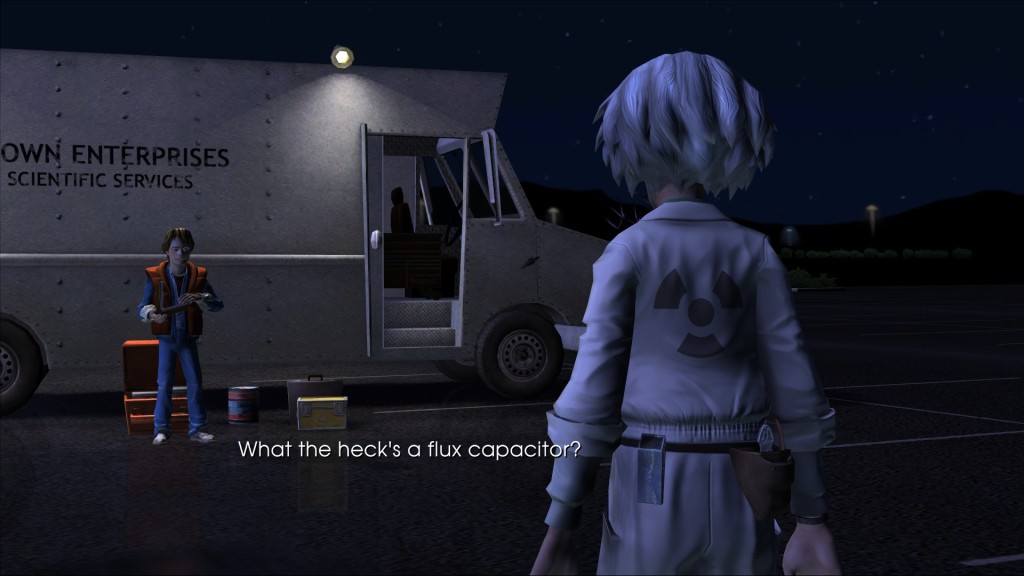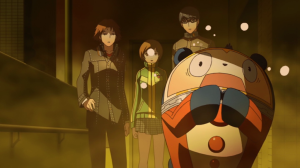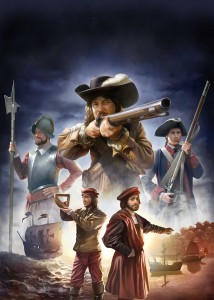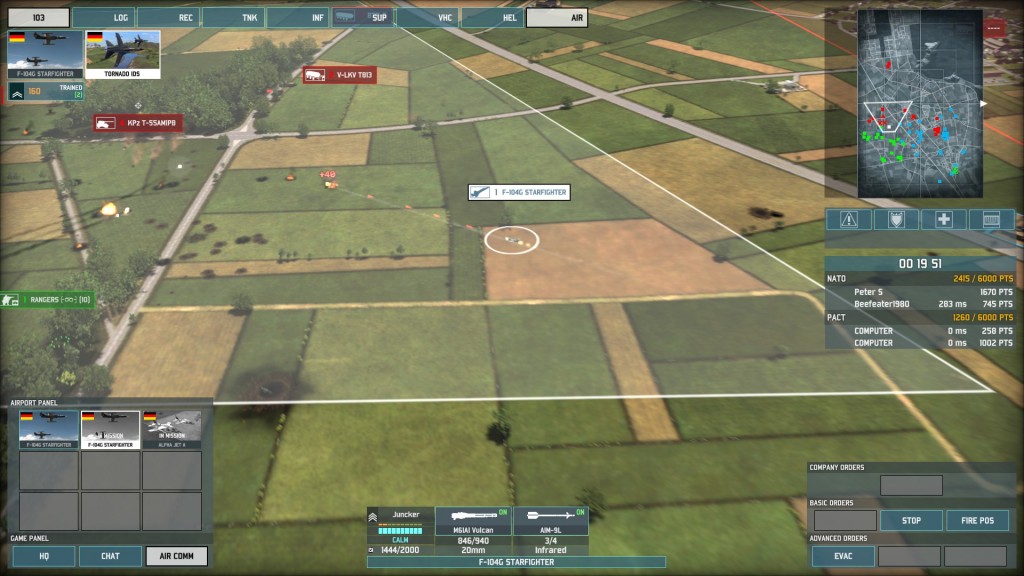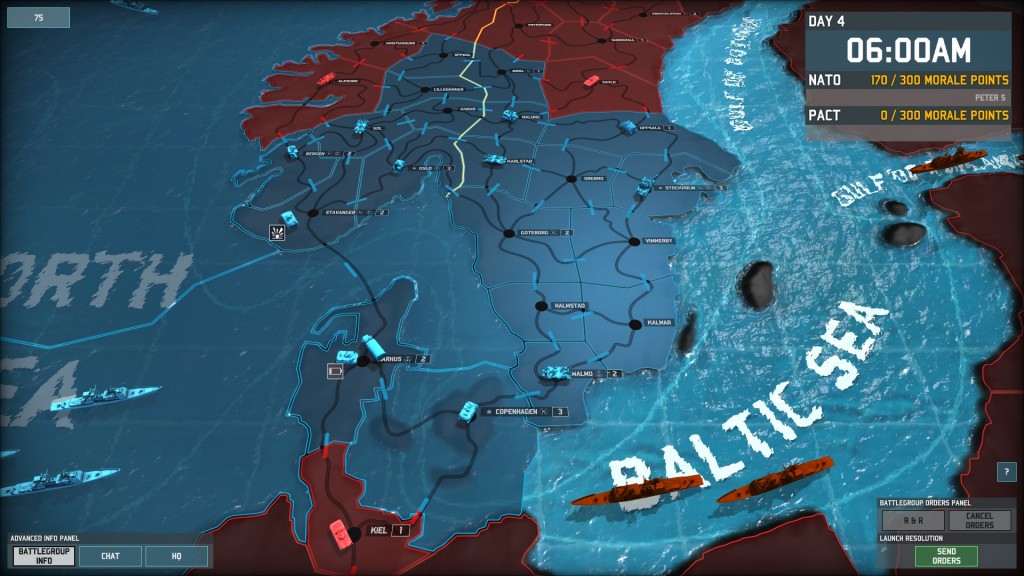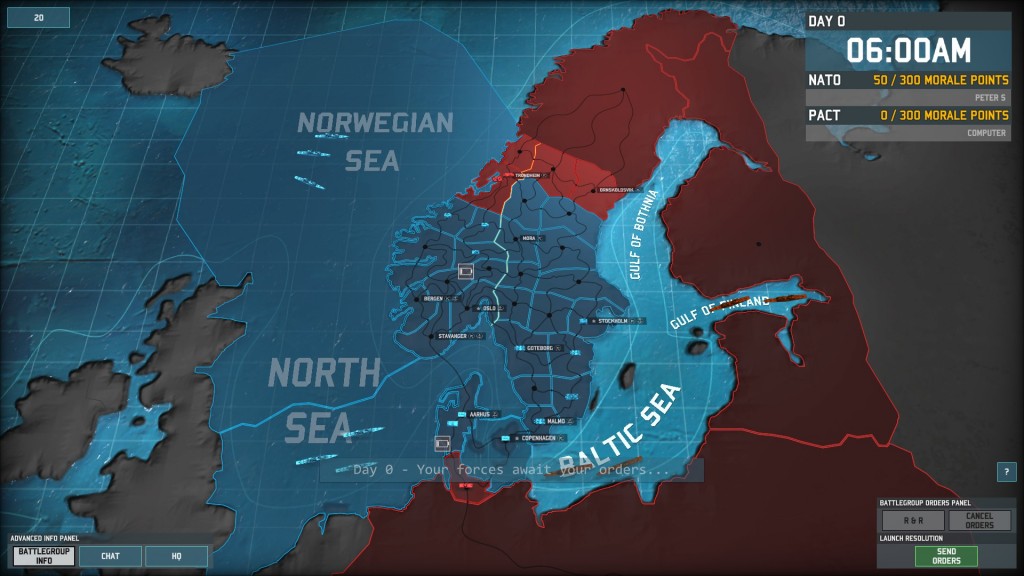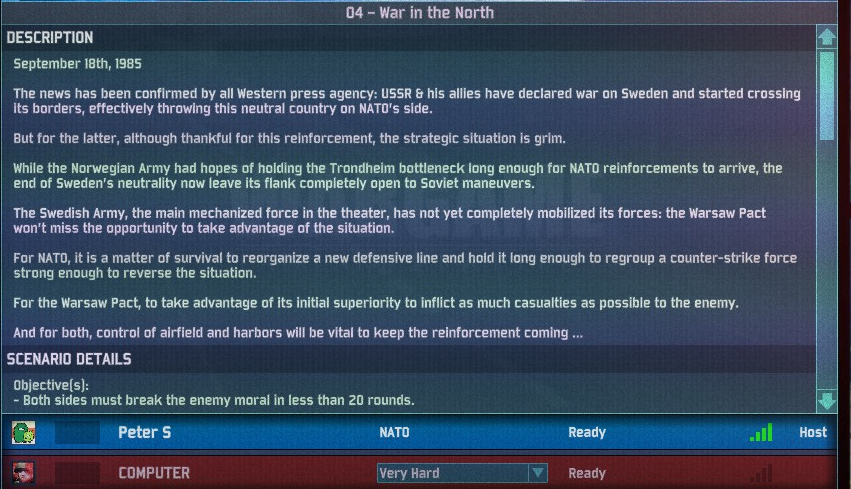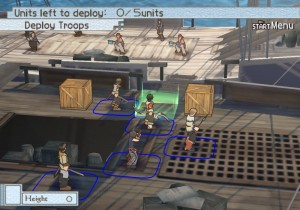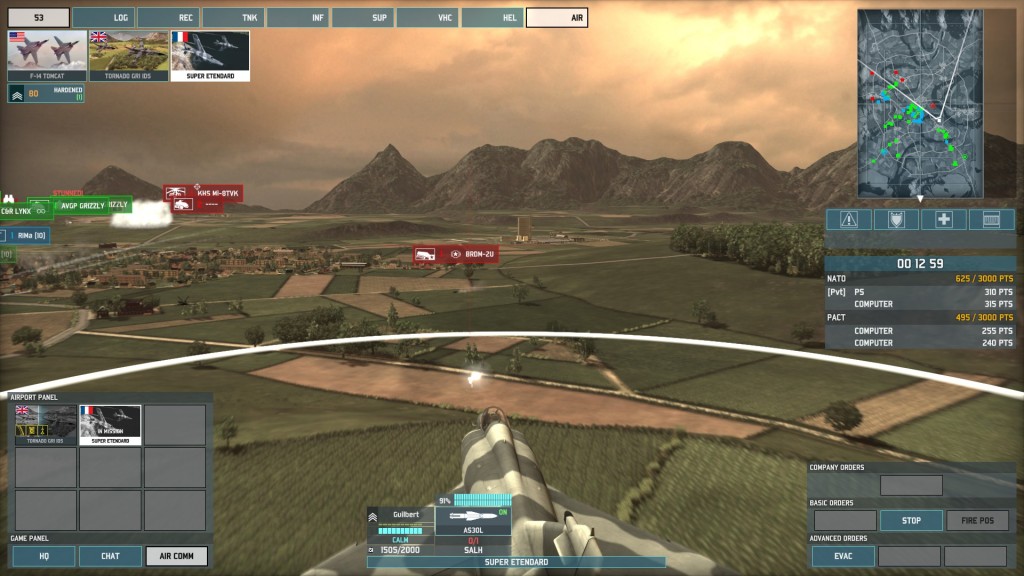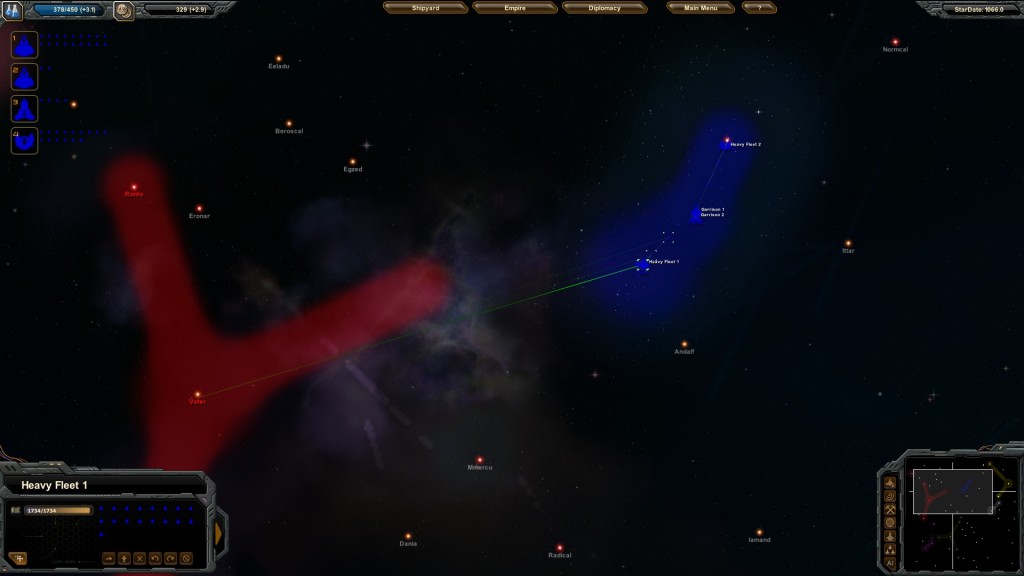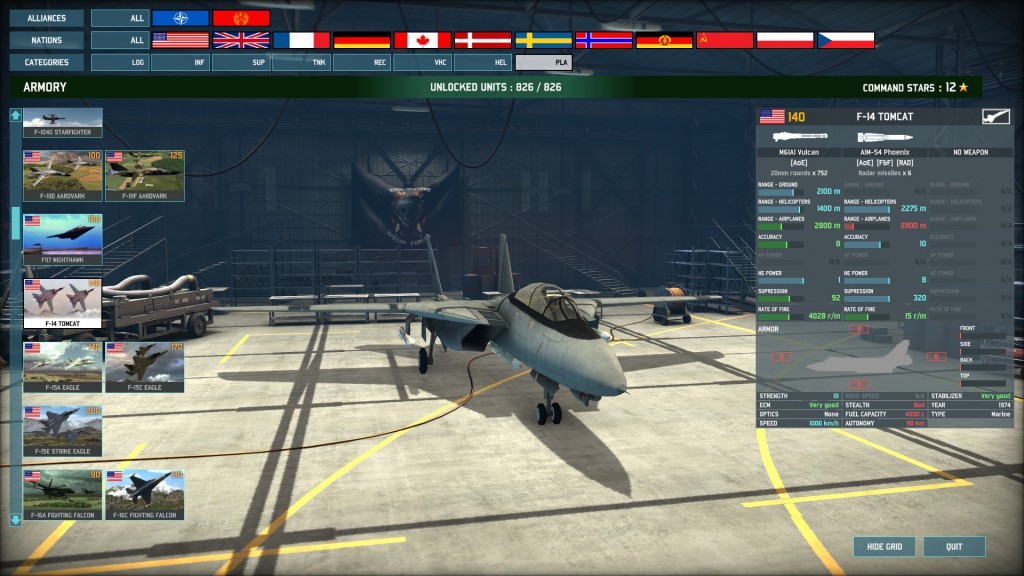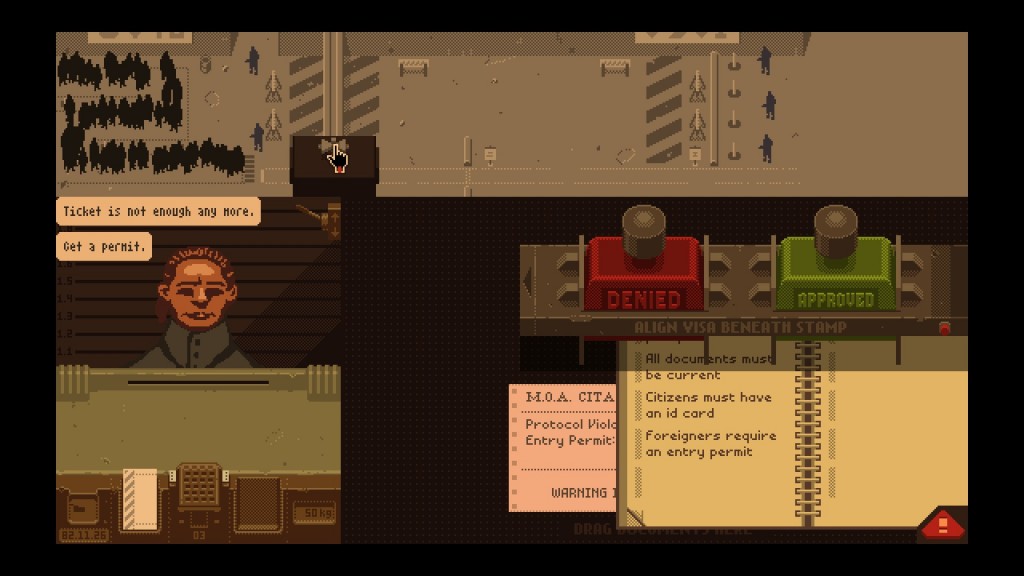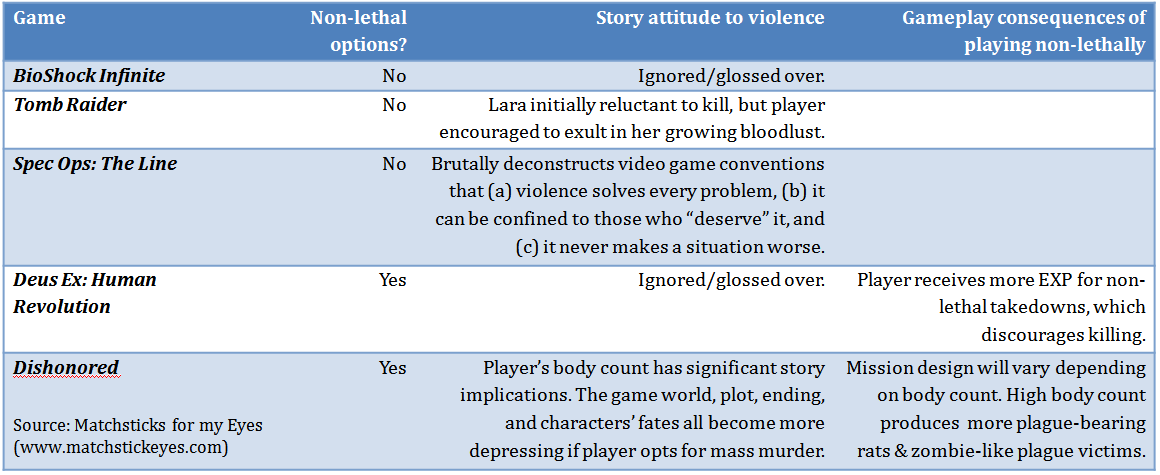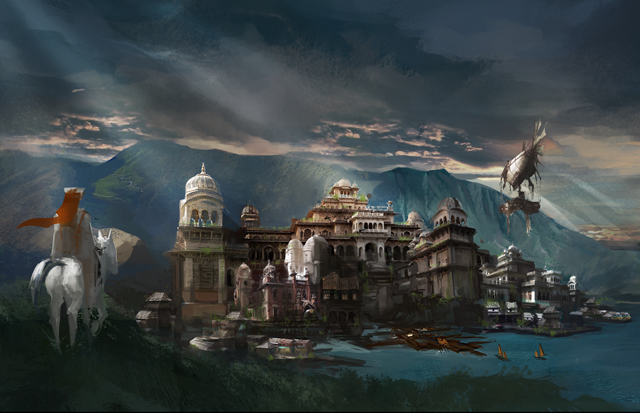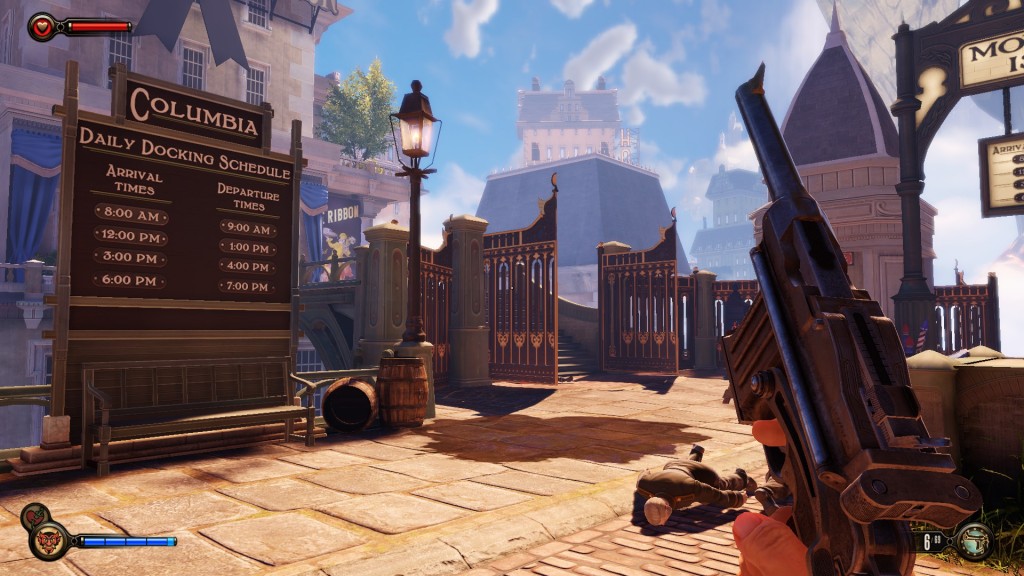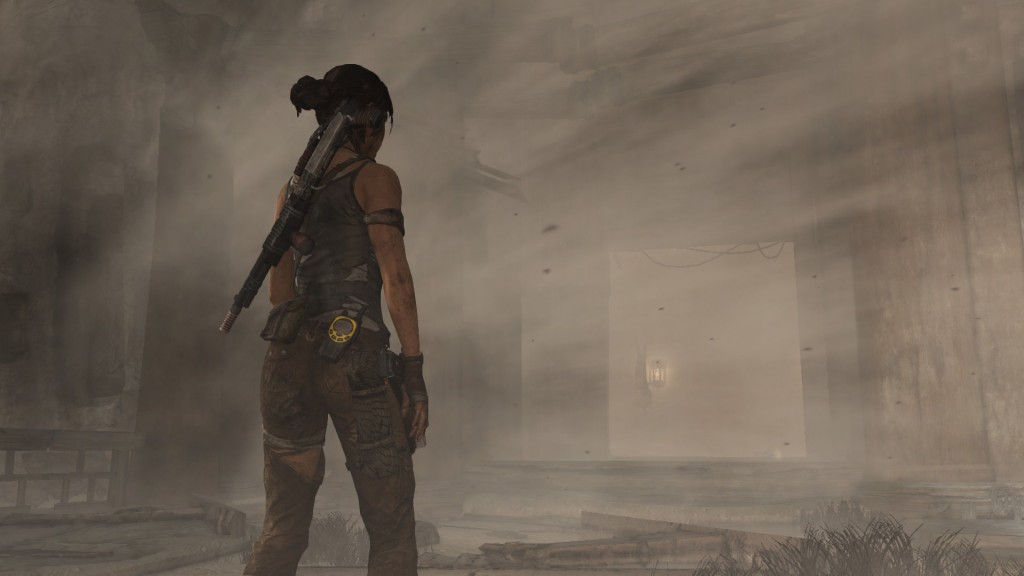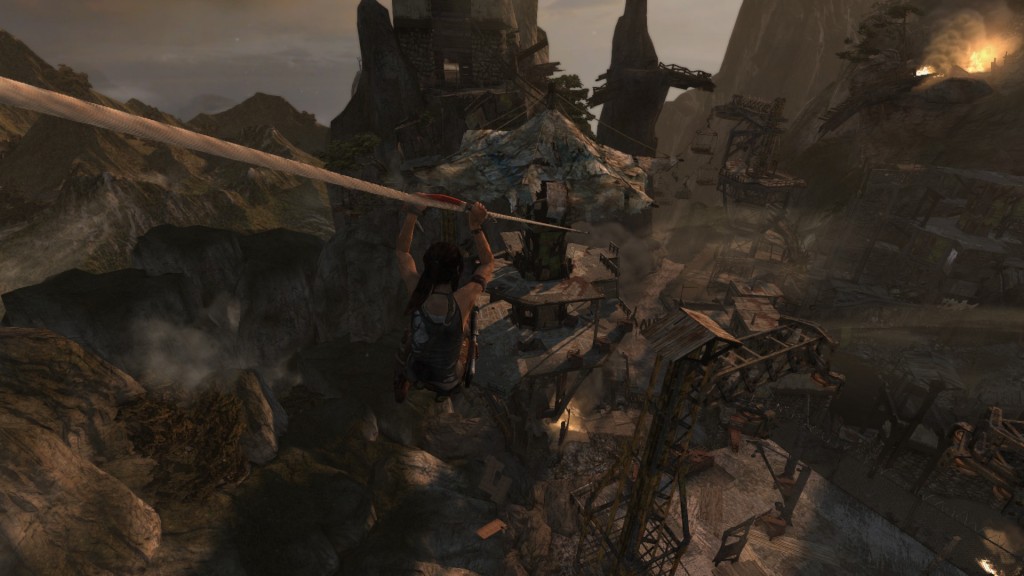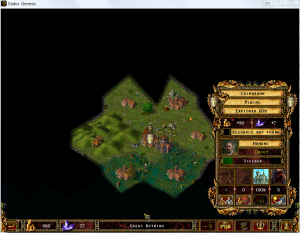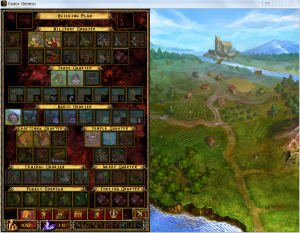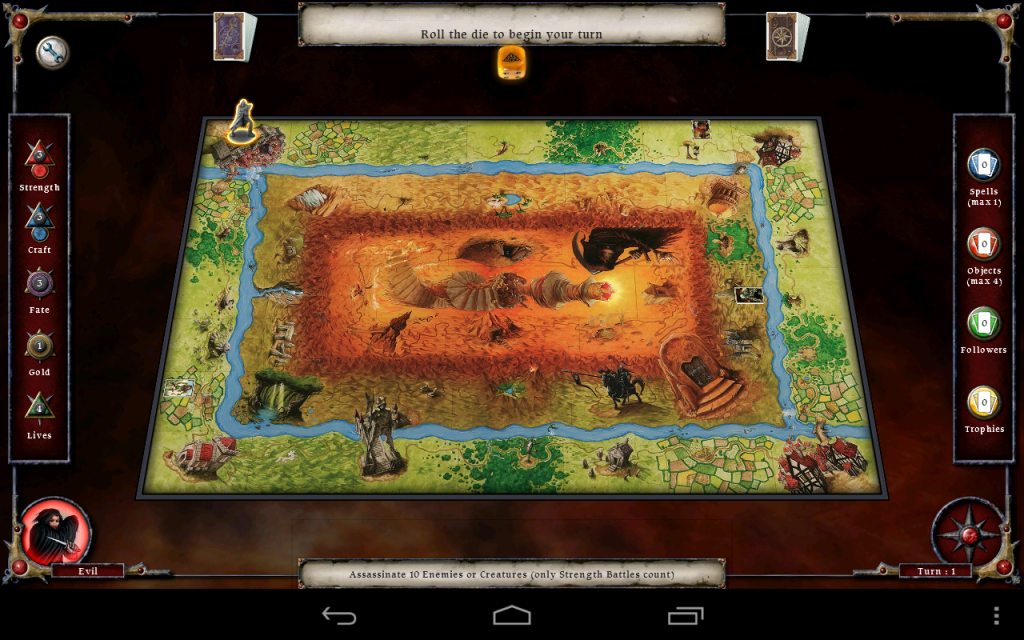
Talisman: Prologue is a recently released Android/iOS adaptation of an old board game (which I have not played), Games Workshop’s Talisman. TP is a solitaire game in which the player controls a single high fantasy adventurer (a warrior, troll, assassin, etc), who moves around a board, attempting to solve a “quest” (kill X monsters, bring the princess to Y castle) chosen at the start of the game.
Note my choice of words: the character moves around the board, not the player. That’s because almost everything in TP – how far the adventurer moves, the monsters he/she encounters, whether s/he defeats the goblin, whether the enchantress turns him/her into a frog – is determined almost entirely by chance. Never mind strategy or making interesting decisions; in TP, there are very few decisions at all, and in mechanical terms, that makes it a lousy game.
So what’s the point of TP, then? Its theme, which I think you will enjoy to the extent that (a) your imagination can construct a story from card art and random numbers (TP‘s high production values help), and (b) you like ‘80s high fantasy. The last time I played, my assassin stumbled on a mischievous imp (drew an Imp card), who teleported him to a cave (I rolled a certain number), where he slew a serpent (drew a card, rolled a die, and compared his die roll + strength against the serpent’s) and discovered a rich hoard of gold (another die roll). There is a cool and exciting, if brief, story in there, even if I had to fill in all the details in my head.
The last thing I should note is that the game’s own designers seem very aware that it lacks the depth for sustained play. The game’s quests – and hence, its play sessions – don’t last very long. However, finishing each quest unlocks both new quests and new adventurers, which is what provides the incentive to return.
Overall, I can’t recommend TP for gamers in search of a meaty ruleset, a tense challenge, or even much in the way of player agency. However, for those who don’t mind being spectators while the dice do the work, TP is worth a look as a coffee-break-length ticket to Fantasyland.
A technical note: while the game is playable on my 7” device (Nexus 7), the font is too small for my liking. People with larger screens may find the font more appropriately sized.
Like this:
Like Loading...
